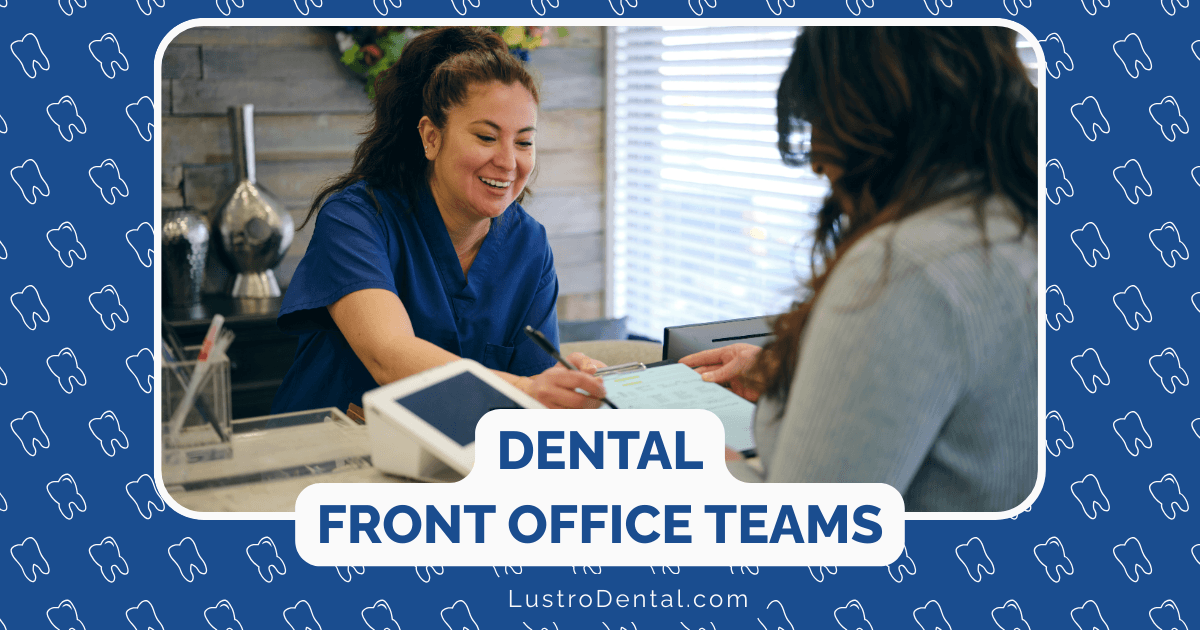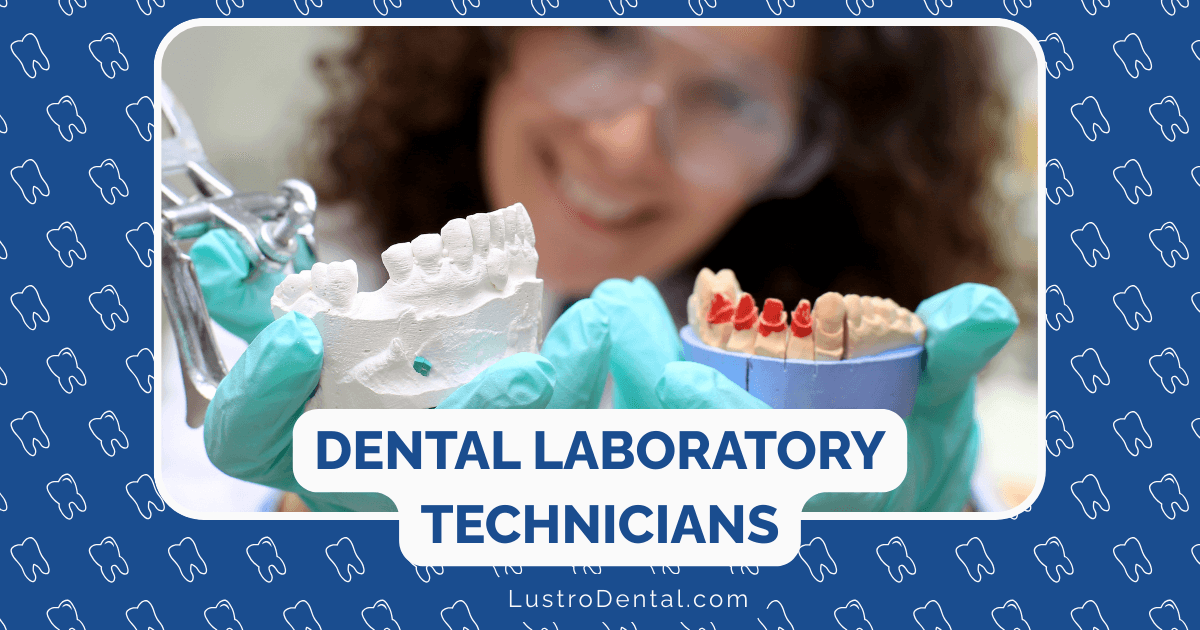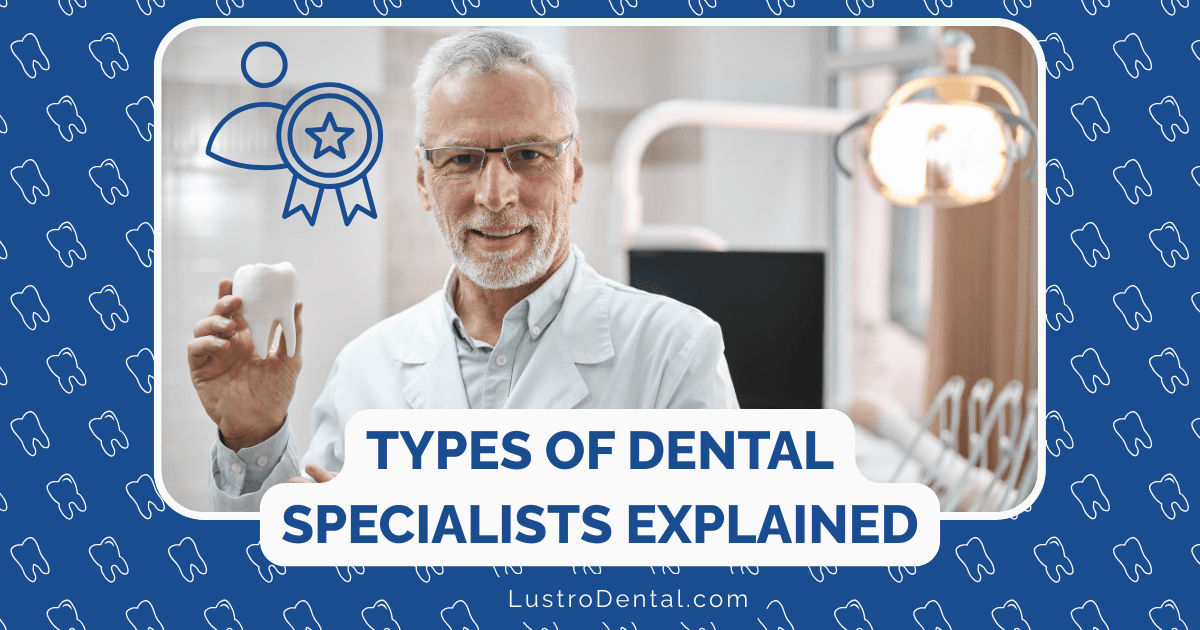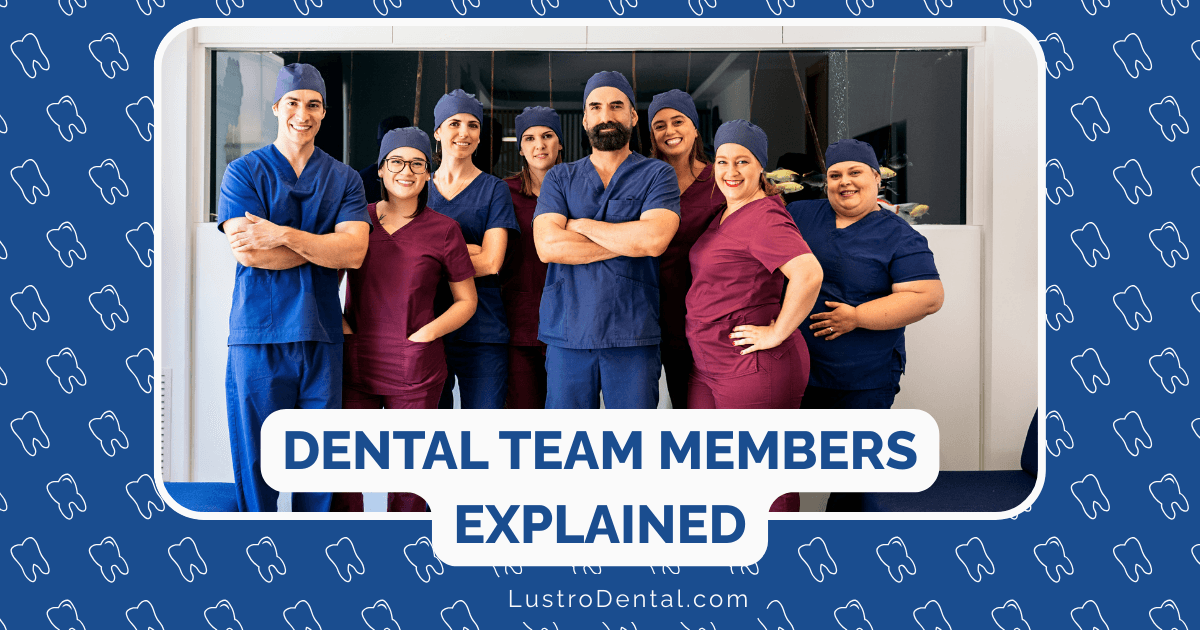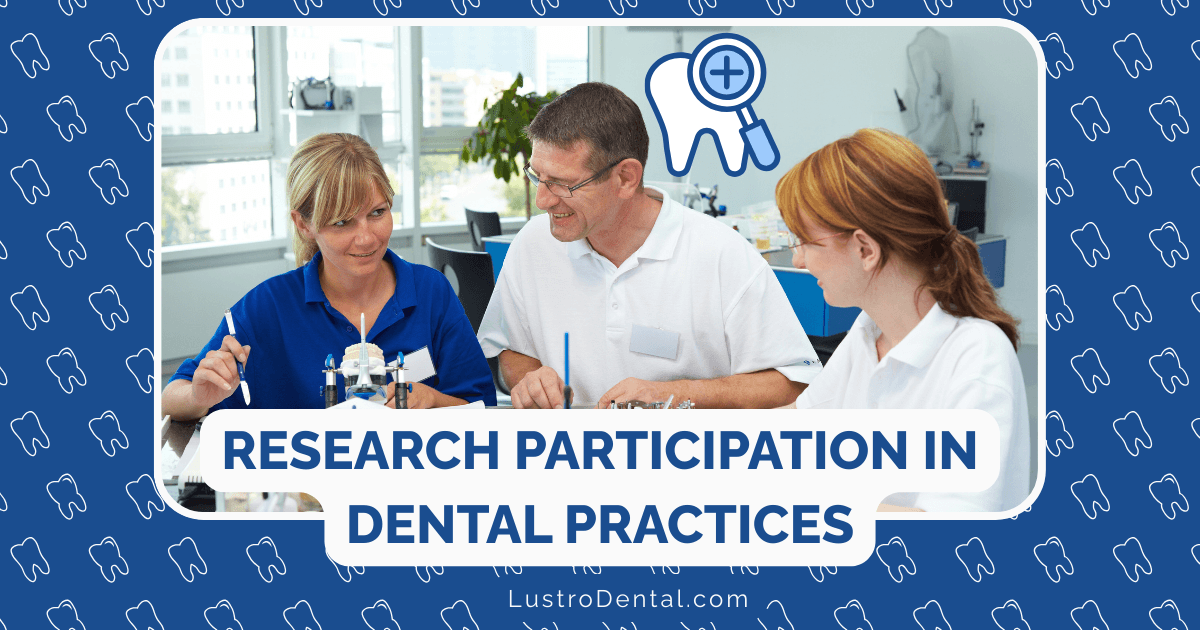Teaching Institutions vs. Private Practice: Pros and Cons for Patients
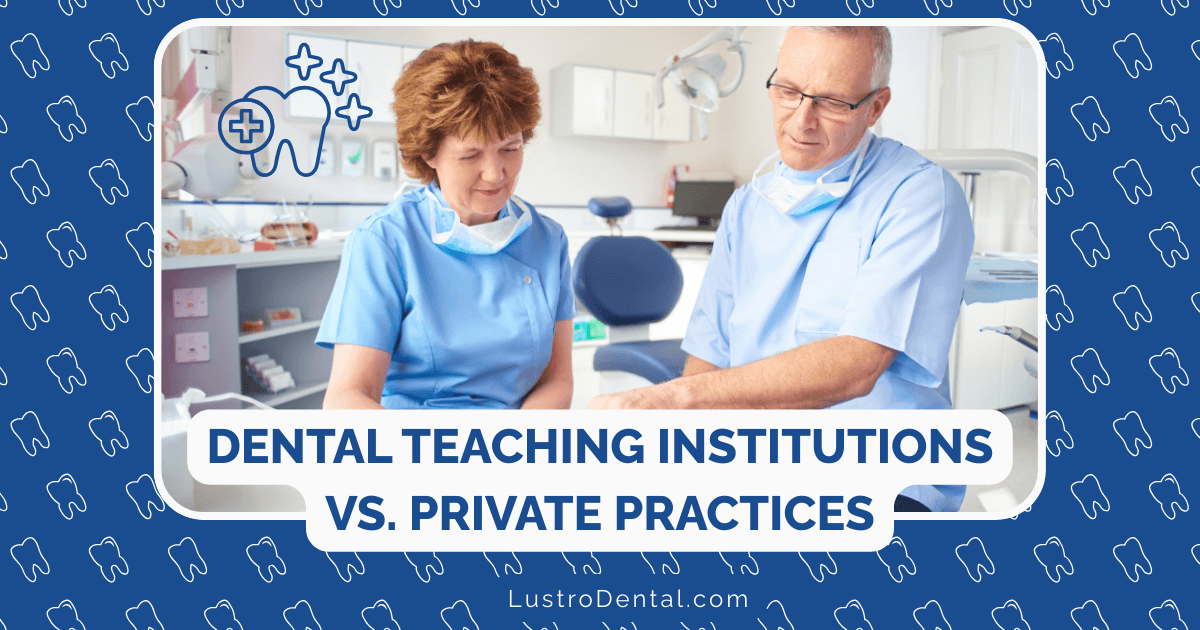
When seeking dental care, patients face a fundamental choice that can significantly impact their experience, treatment outcomes, and finances: receiving care at a dental teaching institution or a private practice. While both settings provide essential dental services, they operate under distinctly different models with unique advantages and limitations.
Understanding these differences empowers you to make an informed decision based on your specific needs, preferences, and circumstances. This comprehensive guide explores the pros and cons of both dental teaching institutions and private practices from the patient’s perspective, helping you navigate this important healthcare choice.
Dental Teaching Institutions: An Overview
Dental teaching institutions primarily include dental schools affiliated with universities and hospitals with dental residency programs. These facilities serve a dual purpose: educating the next generation of dental professionals while providing care to the public.
In these settings, dental students, residents, or graduate dentists pursuing specialty training deliver care under the supervision of experienced faculty members. The educational mission fundamentally shapes every aspect of the patient experience.
Private Dental Practices: An Overview
Private dental practices encompass a range of business models, from solo practitioners to group practices and corporate dental chains. These practices focus primarily on delivering dental services to patients as their core business function.
In private practice settings, licensed dentists with varying levels of experience provide direct care, typically assisted by dental hygienists and dental assistants. The business model significantly influences the patient experience.
Cost Considerations: The Financial Perspective
For many patients, cost represents one of the most significant factors in choosing where to receive dental care.
Teaching Institution Advantages
Significantly Lower Fees: According to data from institutions like Penn Dental Medicine, teaching clinics typically charge 50-70% less than private practices. For example:
- Routine checkups: $50-$75 (vs. $100-$200 at private practices)
- Dental cleanings: $30-$60 (vs. $80-$150 at private practices)
- Fillings: $50-$100 (vs. $150-$300 at private practices)
- Extractions: $75-$150 (vs. $150-$400 at private practices)
Access to Advanced Procedures at Reduced Rates: Complex treatments like implants, orthodontics, and full-mouth rehabilitation may be available at substantially reduced costs compared to private practice.
Sliding Fee Scales: Many teaching institutions offer income-based fee reductions for qualifying patients, making care more accessible to those with financial constraints.
Teaching Institution Disadvantages
Limited Insurance Acceptance: Some teaching institutions may have restrictions on which insurance plans they accept or how insurance benefits are applied.
Payment Timing: Teaching clinics often require payment at the time of service rather than offering payment plans.
Hidden Costs of Time: While the direct financial costs are lower, the additional time required for appointments (discussed below) represents an indirect cost for patients who must take time off work or arrange childcare.
Private Practice Advantages
Insurance Network Participation: Private practices, especially larger group practices, often participate in numerous dental insurance networks, potentially reducing out-of-pocket costs for insured patients.
Financing Options: Many private practices offer third-party financing options like CareCredit or in-house payment plans to make treatment more affordable.
Efficiency Value: The higher efficiency of private practices can translate to fewer appointments and less time off work, representing an indirect cost savings.
Private Practice Disadvantages
Higher Fee Structures: Private practices generally charge market rates for services, which are substantially higher than teaching institutions.
Potential for Overtreatment: The business model of some practices may create incentives for recommending more extensive (and expensive) treatment than necessary.
Variable Transparency: Fee transparency varies widely among private practices, making it difficult for patients to anticipate costs.
Time Considerations: The Efficiency Factor
The time required for treatment represents another crucial factor for many patients, particularly those with busy schedules.
Teaching Institution Advantages
Comprehensive Care: The educational model emphasizes thorough examination and comprehensive treatment planning, potentially identifying issues that might be overlooked in faster-paced environments.
Unhurried Appointments: Students and residents typically have longer appointment slots, allowing for a more relaxed pace without feeling rushed.
Teaching Institution Disadvantages
Lengthy Appointments: Procedures typically take 2-3 times longer than in private practice as students learn and faculty check their work.
Multiple Appointments: Treatment that might be completed in one visit at a private practice often requires multiple appointments at teaching institutions.
Extended Wait Times: Initial screening appointments and treatment start dates may involve waits of weeks or months due to high demand and academic schedules.
Academic Calendar Disruptions: Treatment may be delayed during academic breaks or examination periods.
Private Practice Advantages
Efficient Treatment: Experienced practitioners can complete procedures more quickly without compromising quality.
Convenient Scheduling: Many private practices offer extended hours, weekend appointments, and same-day emergency care.
Continuity of Care: Treatment plans can be implemented more rapidly without interruptions from academic calendars.
Same-Day Services: Technologies like CAD/CAM (computer-aided design and manufacturing) enable same-day crowns and other restorations in many private practices.
Private Practice Disadvantages
Production Pressure: Some practices may schedule appointments too tightly, creating a rushed atmosphere.
Limited Availability: Popular private practices may have long waiting periods for new patient appointments.
Treatment Phasing for Insurance: Practices may phase treatment across calendar years to maximize insurance benefits, extending the overall treatment timeline.
Quality of Care: The Expertise Equation
The quality of dental care received is naturally a paramount concern for patients.
Teaching Institution Advantages
Multiple Levels of Oversight: Faculty specialists review and approve all diagnosis and treatment, providing multiple checks on quality.
Current Techniques: Teaching institutions emphasize evidence-based dentistry and current best practices.
Access to Specialists: Teaching institutions typically have specialists in all dental disciplines under one roof, facilitating comprehensive care.
Cutting-Edge Technology: Many dental schools invest heavily in the latest equipment and technologies for educational purposes.
Dr. Emily Chen, Associate Dean at a major dental school, explains: “In a teaching environment, nothing happens without faculty approval. Students may take longer, but they’re following the most current protocols under expert supervision.”
Teaching Institution Disadvantages
Variable Student Skill: The technical skill of student providers varies based on their experience level and natural abilities.
Treatment Continuity Challenges: Students graduate or rotate through departments, potentially disrupting continuity of care.
Longer Treatment Time: Extended treatment duration can impact outcomes for some conditions that benefit from expedited care.
Private Practice Advantages
Consistent Provider: Treatment from the same experienced dentist ensures continuity of care and accountability.
Technical Proficiency: Experienced practitioners have refined their technical skills through years of practice.
Personalized Approaches: Private dentists can customize approaches based on individual patient needs without adherence to standardized teaching protocols.
Immediate Adaptability: Experienced practitioners can quickly adapt to unexpected findings or complications during procedures.
Private Practice Disadvantages
Variable Practice Standards: Quality can vary significantly between practices with limited external oversight.
Potential Isolation: Solo practitioners may have fewer opportunities for peer review or consultation.
Economic Pressures: Business considerations may influence treatment recommendations in some practices.
Varying Commitment to Continuing Education: Not all private practitioners maintain the same level of currency with advances in the field.
The Patient Experience: Comfort and Convenience
Beyond cost, time, and quality considerations, the overall patient experience significantly impacts satisfaction with dental care.
Teaching Institution Advantages
Thorough Explanations: The educational environment encourages detailed explanations of conditions and treatment options.
Shared Decision-Making: Teaching institutions typically emphasize patient involvement in treatment planning.
Research Opportunities: Patients may have access to clinical trials and cutting-edge treatments not yet widely available.
Multidisciplinary Approach: Complex cases benefit from collaborative approaches involving multiple specialties.
Teaching Institution Disadvantages
Institutional Environment: Clinical settings often feel more institutional and less comfortable than private offices.
Reduced Privacy: Multiple students, residents, and faculty may be present during appointments.
Administrative Complexity: Navigating the systems of large institutions can be challenging and impersonal.
Treatment Fragmentation: Different aspects of care may be provided by different departments, requiring multiple appointments in different locations.
Private Practice Advantages
Relationship-Based Care: Ongoing relationships with the same dental team foster trust and personalized care.
Comfortable Environment: Many private practices invest significantly in creating comfortable, spa-like environments.
Streamlined Processes: Private practices typically offer more efficient administrative processes and personalized service.
Flexibility: Private practitioners can more easily accommodate special requests or adapt protocols to patient preferences.
Dr. James Wilson, who transitioned from academic dentistry to private practice, notes: “In private practice, I can create exactly the kind of patient experience I believe in. From the office environment to treatment approaches, everything can be tailored to enhance patient comfort and satisfaction.”
Private Practice Disadvantages
Variable Communication: Not all private practitioners prioritize patient education and shared decision-making.
Limited Specialist Access: Referrals to specialists require visits to different offices and coordination between providers.
Potential Business Focus: Some practices may emphasize business efficiency over patient experience.
Special Considerations for Specific Patient Groups
Different patient populations may find particular advantages in one setting over the other:
Patients with Complex Medical Conditions
Teaching Institution Advantages:
- Faculty specialists experienced in treating medically complex patients
- Collaboration with medical departments in university settings
- Comprehensive medical risk assessment protocols
Private Practice Considerations:
- Seek practices with dentists who have hospital privileges or advanced training
- Ensure robust medical emergency protocols and equipment
Patients with Dental Anxiety
Teaching Institution Considerations:
- Longer appointments allow for breaks and anxiety management
- Access to specialized anxiety management services
- Potential disadvantage: institutional environment may increase anxiety
Private Practice Advantages:
- Consistent relationship with one provider builds trust
- Many practices specialize in treating anxious patients
- Comfortable, non-clinical environments reduce stress
Patients Seeking Specialty Care
Teaching Institution Advantages:
- Access to all specialties in one location
- Significantly reduced cost for specialty procedures
- Treatment by residents pursuing specialty certification
Private Practice Considerations:
- Referrals to different offices for different specialties
- Higher costs but potentially faster treatment completion
- Varying levels of coordination between general dentist and specialists
Making Your Decision: A Personalized Approach
The ideal choice between a teaching institution and private practice depends on your individual circumstances, priorities, and preferences. Consider these factors in your decision-making process:
Financial Considerations
- Budget constraints: If cost is your primary concern, teaching institutions offer significant savings
- Insurance coverage: Check which providers are in-network with your dental insurance
- Value assessment: Consider the total cost including time off work, transportation, and number of appointments required
Time Factors
- Schedule flexibility: If you have limited availability, private practice efficiency may be more important than cost savings
- Treatment urgency: Acute problems requiring immediate attention may be better addressed in private practice
- Treatment complexity: Complex cases requiring multiple specialties might benefit from the comprehensive approach of teaching institutions despite longer timeframes
Quality Priorities
- Complexity of needs: More complex conditions may benefit from the multi-specialist approach of teaching institutions
- Comfort with newer providers: Consider your comfort level with treatment by students or residents
- Importance of relationship: If an ongoing relationship with one provider is important to you, private practice may be preferable
Personal Preferences
- Communication style: Teaching institutions typically offer more detailed explanations and educational content
- Environment sensitivity: Consider which clinical environment makes you most comfortable
- Convenience factors: Location, parking, hours of operation, and digital services vary between settings
Hybrid Approaches: The Best of Both Worlds
Many patients find that a hybrid approach leverages the advantages of both settings:
Selective Utilization Strategy
Consider using teaching institutions for:
- Comprehensive examinations and treatment planning
- Complex, expensive procedures like implants or orthodontics
- Specialty care that would be costly in private practice
While using private practice for:
- Routine preventive care and simple restorative needs
- Time-sensitive treatments
- Ongoing maintenance after major treatment at teaching institutions
Timing Considerations
Some patients start with teaching institutions for comprehensive care when time is less critical (such as during retirement or flexible work periods) and transition to private practice when circumstances change.
Questions to Ask Before Making Your Decision
For Teaching Institutions:
- What level of students or residents will provide my care?
- How many appointments will my treatment plan likely require?
- What happens if my student graduates before my treatment is complete?
- Are emergency appointments available if problems arise between scheduled visits?
- What is the typical waiting period for initial evaluation and treatment start?
For Private Practices:
- What is the dentist’s experience with my specific condition?
- How does the practice handle emergencies or after-hours care?
- What payment options or financial arrangements are available?
- Does the practice refer to specialists, or does the dentist perform all procedures?
- What continuing education has the dentist completed recently in relevant areas?
Conclusion: Informed Choice for Optimal Care
Both teaching institutions and private practices offer valuable dental services with distinct advantages and limitations. Your optimal choice depends on your individual circumstances, priorities, and the specific dental care you require.
Many patients find that understanding these differences allows them to strategically utilize both settings throughout their lifetime, maximizing the benefits each has to offer. The most important factor is making an informed decision that aligns with your needs and preferences.
Remember that within each category, significant variation exists—not all teaching institutions or private practices are alike. Research specific providers, ask questions, and consider starting with a consultation appointment to assess your comfort with the environment and providers before committing to extensive treatment.
By weighing these factors thoughtfully, you can make a dental care choice that supports both your oral health and overall wellbeing.


